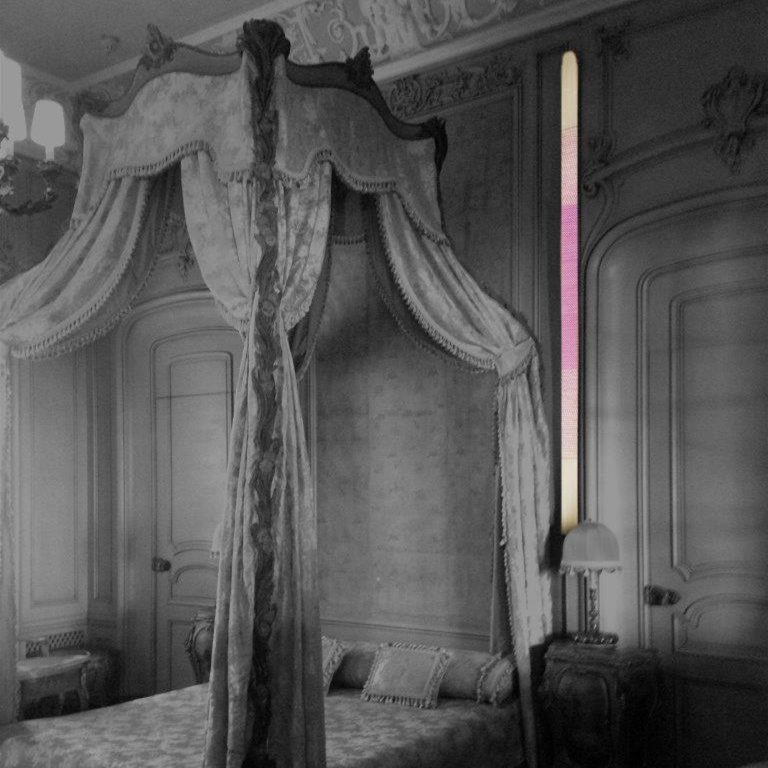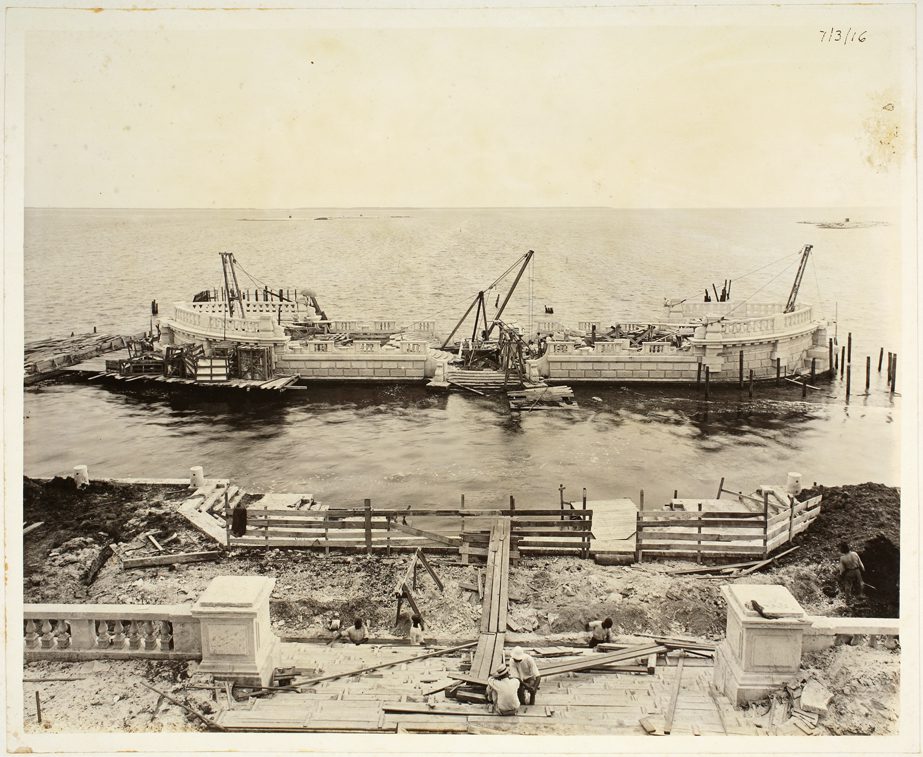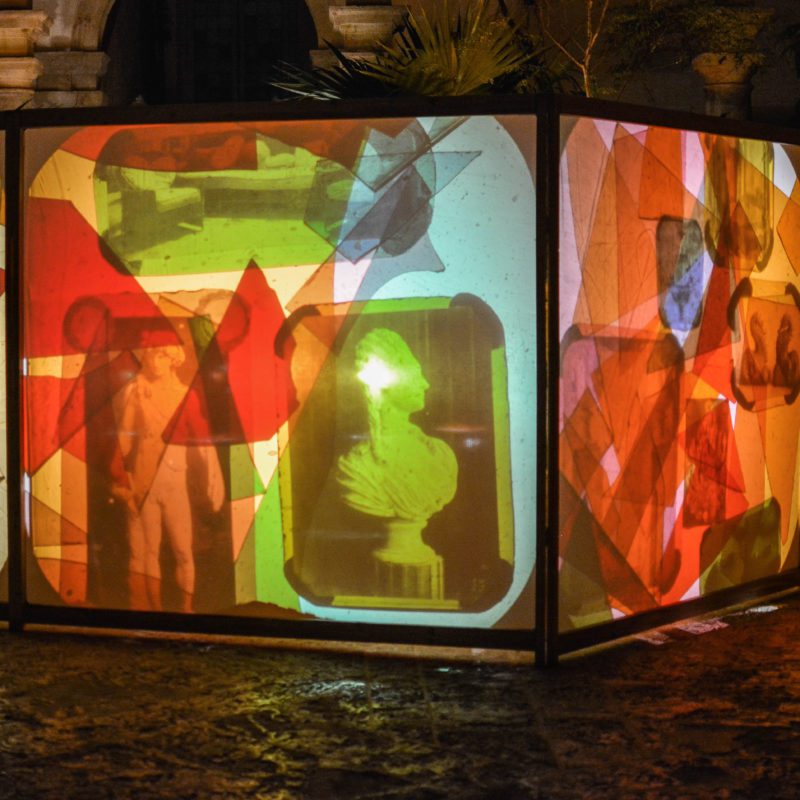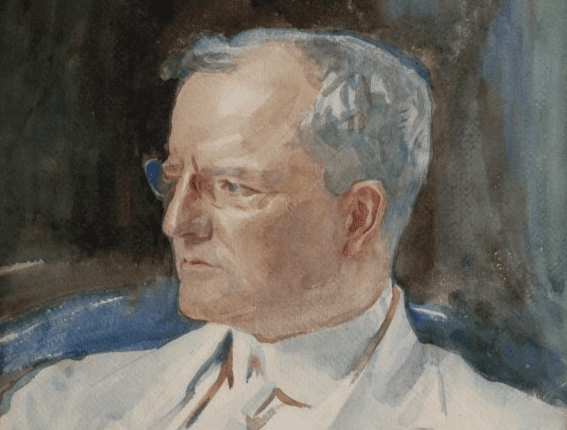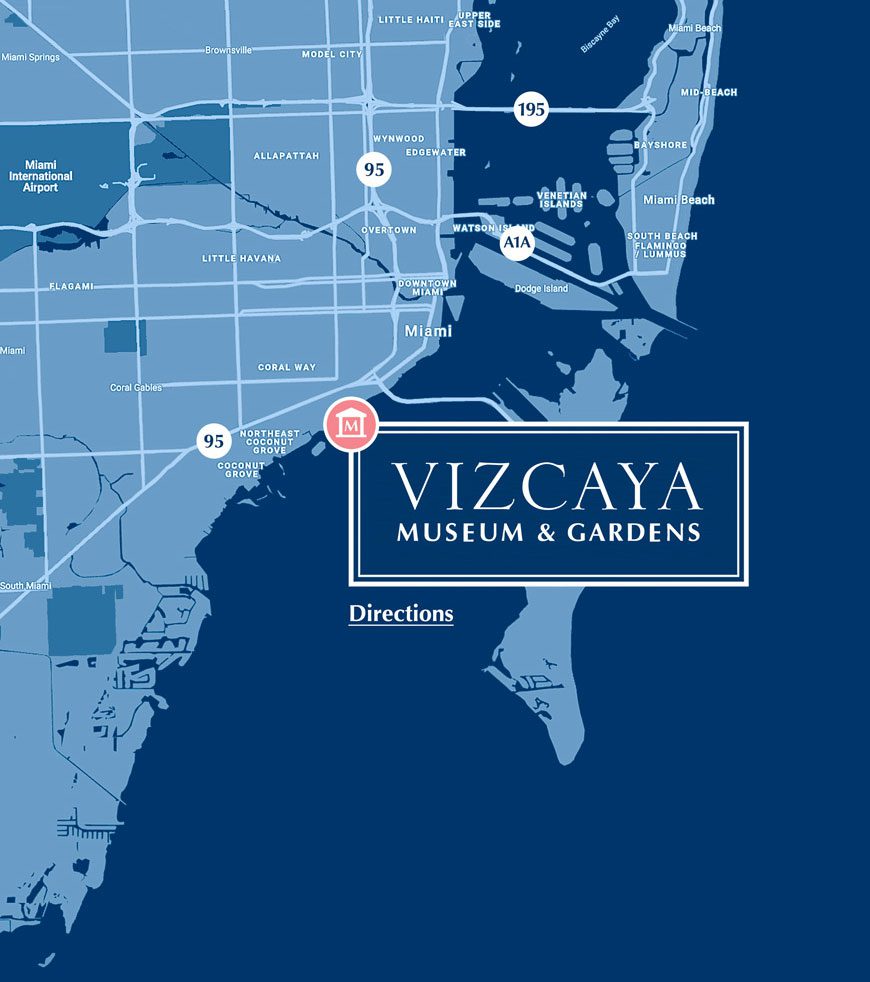Recaptured Memories and Modern Reinterpretations
Lost Spaces and Stories of Vizcaya was an exhibition that commemorated Vizcaya’s centennial in 2016 by exploring the history of the estate, its original design intent, and daily life at Vizcaya in its early years. Over the past century, nature and time have transformed Vizcaya, and many of its spaces and stories have been lost or forgotten. Examples of these “lost” aspects of the estate include fanciful but telling elements of the site’s design, such as the moat that every visitor unknowingly crosses, and the experiences of staff members. For the exhibition, eleven South Florida-based artists were selected through a competitive process and commissioned to create site-specific installations that bring these spaces and stories “back to life.” Following are some of our re-found treasures.Lost Spaces and Stories of Vizcaya
Bell Pulls by Frances Trombly
Staff members were responsible for the proper and efficient management of Vizcaya, but they have rarely been acknowledged since Vizcaya became a public museum in the 1950s. In reinterpreting the bell pulls, Miami artist Frances Trombly considers the coexistence of two diverse classes, staff and guests.
The historic bell pulls, objects used by guests to summon staff, were present in nearly every decorated room and loggia. As such, the bell pull represents the fleeting interactions of two generally segregated groups.
Guests in almost any room of the Main House could pull a cord or push a button to call for service. A bell would then ring in the back of house, in the hallways and pantries, and an indicator in an annunciator window would display which room the call originated from.
Most of the original bell pulls are missing today. Trombly’s project installs hand-woven and hand-dyed substitutes that function as visual indicators for the historic objects. The recreated bell pulls encourage us to consider both the individuals who pulled the bells and those who answered the call.
As objects, the historic pulls don’t stand out, yet Trombly’s meticulously crafted alternatives command attention, placing emphasis on notions of physical labor. The minimalist design of these woven, contemporary bell pulls is highlighted against Vizcaya’s bold, theatrical design.
Galleryi
Go back in time to the Lost Spaces exhibit and explore the different bell pulls installed throughout the Main House.
Vizcaya’s Contemporary Arts Program
Lost Spaces and Stories of Vizcaya marked the tenth anniversary of the Contemporary Arts Program (CAP), a Vizcaya-based commission program that invites artists to develop work inspired by the estate for onsite exhibitions.
CAP draws on the spirit of creative dialogue that characterized Vizcaya’s founding, continuing Vizcaya owner James Deering’s patronage by engaging contemporary artists to create site-specific works that explore the estate in new and intriguing ways. From painters John Singer Sargent and Gari Melchers, both house guests, to sculptor A. Stirling Calder, responsible for the figures on the Barge, Vizcaya consistently has been a source of inspiration to artists.


